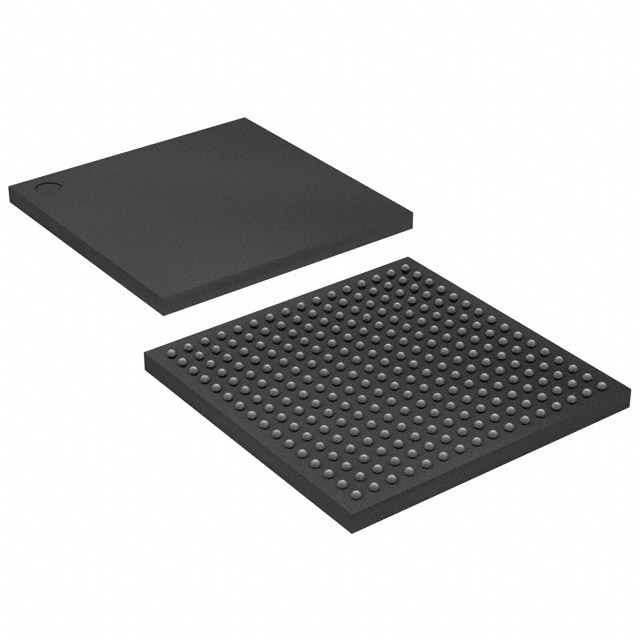

Intel
5CEBA2F17C6N
FPGAs



.png?x-oss-process=image/format,webp/resize,p_30)


5CEBA2F17C6N Description
Intel's 5CEBA2F17C6N is a high-performance programmable logic device (PLD) that is designed to meet the needs of a wide range of applications. This device is part of Intel's Cyclone V family of PLDs, which are known for their low power consumption, high performance, and versatility.
Description:
The 5CEBA2F17C6N is a complex programmable logic device that is based on Intel's low-power 28-nm process technology. It features a large number of programmable logic elements, as well as a wide range of I/O resources and other functional blocks. This device is available in a compact 256-ball fine pitch ball grid array (FBGA) package, making it suitable for use in a wide range of applications.
Features:
Some of the key features of the 5CEBA2F17C6N include:
- High-performance programmable logic: The device features a large number of programmable logic elements, including look-up tables (LUTs), flip-flops, and other functional blocks, which can be used to implement a wide range of digital logic functions.
- Low power consumption: The device is designed to operate at low power levels, making it suitable for use in battery-powered or energy-sensitive applications.
- Versatile I/O capabilities: The device features a wide range of I/O resources, including programmable I/O pins, high-speed transceivers, and other functional blocks, which can be used to interface with a wide range of external devices.
- On-chip memory: The device includes a large amount of on-chip memory, including block RAM (BRAM) and other memory resources, which can be used to store data and implement complex data processing functions.
- Security features: The device includes a range of security features, including encryption and authentication capabilities, which can be used to protect sensitive data and ensure the integrity of the device.
Applications:
The 5CEBA2F17C6N is suitable for use in a wide range of applications, including:
- Industrial control systems: The device's low power consumption and versatile I/O capabilities make it well-suited for use in industrial control systems, where it can be used to implement complex control algorithms and interface with a wide range of sensors and actuators.
- Communications systems: The device's high-speed transceivers and other communication-related functional blocks make it well-suited for use in communications systems, where it can be used to implement complex communication protocols and interface with a wide range of communication devices.
- Automotive systems: The device's robustness and reliability, as well as its low power consumption, make it well-suited for use in automotive systems, where it can be used to implement complex control algorithms and interface with a wide range of sensors and actuators.
- Consumer electronics: The device's versatility and low power consumption make it well-suited for use in consumer electronics, where it can be used to implement complex functions and interface with a wide range of external devices.
- Security systems: The device's security features make it well-suited for use in security systems, where it can be used to protect sensitive data and ensure the integrity of the system.
Tech Specifications
5CEBA2F17C6N Documents
Download datasheets and manufacturer documentation for 5CEBA2F17C6N
 Cyclone V GX,GT,E Errata
Cyclone V GX,GT,E Errata  Cyclone V Device Datasheet Cyclone V Device Overview
Cyclone V Device Datasheet Cyclone V Device Overview  Mult Dev Label Chgs 24/Feb/2020 Mult Dev Label CHG 24/Jan/2020
Mult Dev Label Chgs 24/Feb/2020 Mult Dev Label CHG 24/Jan/2020  Virtual JTAG Megafuntion Guide
Virtual JTAG Megafuntion Guide  Cyclone V Device Handbook
Cyclone V Device Handbook  Datasheet Update 09/Aug/2023 Mult PN LABEL 01/08/2023
Datasheet Update 09/Aug/2023 Mult PN LABEL 01/08/2023 Shopping Guide
















.png?x-oss-process=image/format,webp/resize,h_32)










